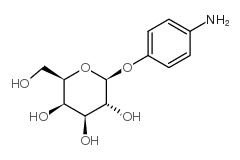| Structure | Name/CAS No. | Articles |
|---|---|---|
 |
4-Aminophenyl β-D-glucopyranoside
CAS:20818-25-1 |
|
 |
4-Aminophenyl-beta-D-galactopyranoside
CAS:5094-33-7 |